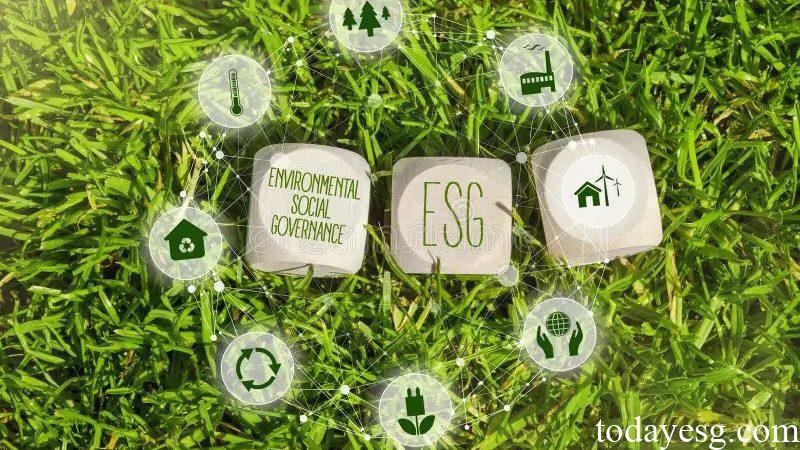ESG-themed ETF Investor Report
Asset management company Invesco released the ESG-themed ETF Investor Report, which aims to analyze European investors’ attitudes towards ESG-related ETFs and the development trend of sustainable ETFs in the future.
Invesco research found that European ETFs attracted more than $444 billion in funds over the past three years, of which $210 billion flowed into ESG-themed ETFs. At the same time, ESG-themed ETFs have also continued to innovate in recent years, gradually adding new elements such as sustainable themes and climate scenarios from traditional positive screening and negative screening.
Related Post: PwC Releases European ESG Fund Report
Investors’ Perspectives on ESG Assets
Invesco surveyed more than 5,500 individual investors in seven European countries, including new investors with less than one year of experience and senior investors with more than ten years of investment experience. Invesco found that 51% of investors have included ESG investments in their investment portfolios, with the UK (57%), Germany (44%) and Sweden (43%) accounting for the highest proportions. New investors entering the market are more inclined to hold ESG assets.
In terms of the proportion of ESG assets, investors want to allocate 36% of their investment portfolios to ESG assets, and environmental-related assets are more popular than social and governance-related assets. 39% of investors set the environment as the most important factor, while governance factors (22%) and social factors (20%) accounted for a lower proportion. 61% of investors said they would increase the allocation of ESG assets in the next three years.
Among environmentally themed products, renewable energy and biodiversity attract more attention from investors. Among social themes, maintaining labor force levels and alleviating poverty have attracted more attention. Among governance topics, the rational formulation of remuneration incentives and shareholder engagement have attracted investors.

Investors’ Perspectives on ESG-themed ETF
ESG-themed ETFs are an important innovation in the market in recent years. Among various ESG-themed ETFs, investors are most familiar with the themes of solar energy (33%), wind energy (31%) and clean energy (31%). 71% of investors already use ETFs for sustainable investing, mainly because these ETFs can provide ESG exposure and the cost is relatively low. Investors with assets of more than 100,000 euros are more sympathetic to these views.
In terms of investment attitudes towards using ESG-theme ETFs, 22% of respondents tend to invest in specific themes (such as risk, solar energy), 20% prefer to invest broadly (such as global stocks), and 17% prefer regional investments (such as European stocks). This shows that thematic ETFs are still the focus of investors. However, the investment proportion of negative screening ETFs is only 11%. As the most commonly used active investment ESG strategy, the proportion of negative screening in passive investments is lower than expected.
For those investors who do not use ESG-themed ETFs, common reasons are that they do not know enough about the product (32%) and prefer active investing (26%). 19% of the respondents mentioned that they have not found an ETF that fits their investment philosophy, and 16% of the respondents have not included ESG although invest in ETFs.
Invesco went on to ask what factors would attract investors to ESG-themed ETF. Some investors want to better understand the impact of ETFs on their investments and whether this investment method can generate greater returns. Investors also need more information about ETF products in order to make decisions.
Summary of ESG-themed ETF Investor Report
Although investors across Europe have different attitudes towards ESG-themed ETFs, they are still interested in this category of assets. Investors are more likely to choose environmental ESG themes that are easy to understand, while they are less familiar with other types of ESG-themed ETFs.
For ETF providers, besides creating some ESG-themed ETFs that are in line with investors’ concepts, they also need to actively promote these products and conduct investor education to help investors gain the advantages of passive investing.
Reference:
Evolving Attitudes to ESG and ETFs
ESG Advertisements Contact:todayesg@gmail.com








